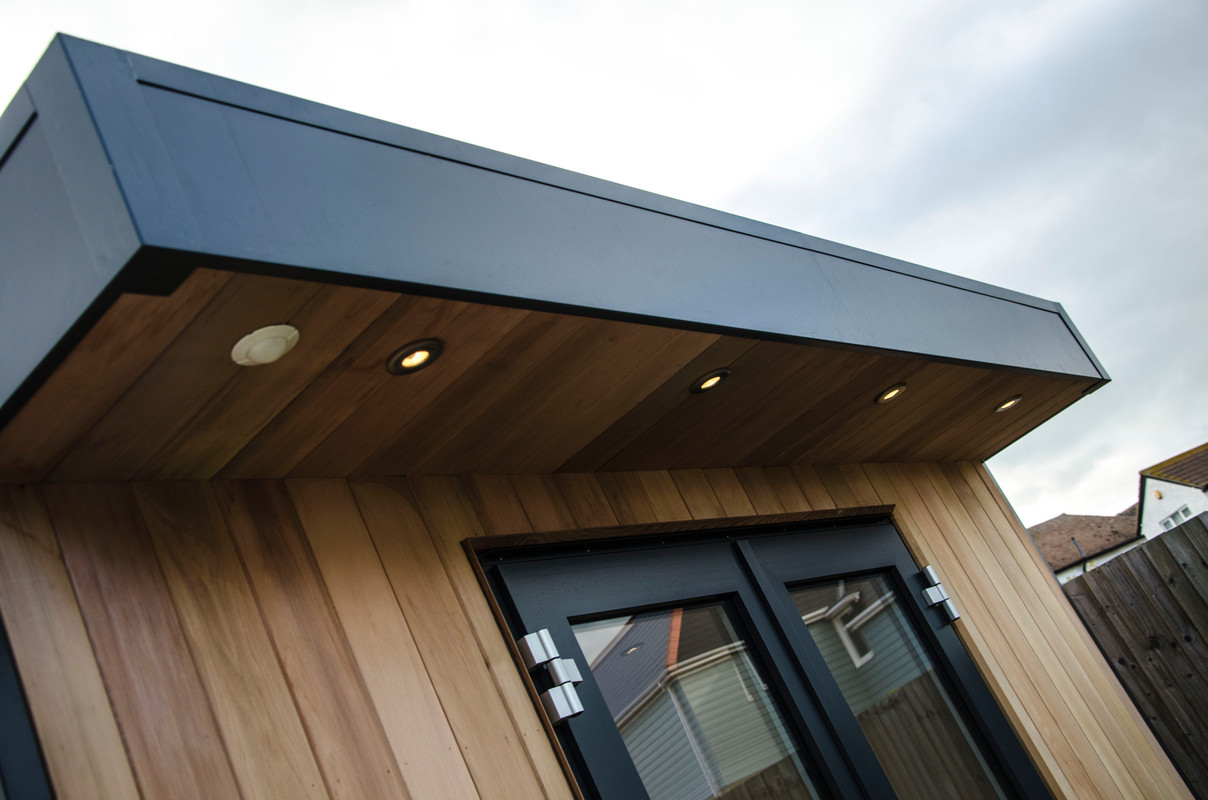The 7 Most Common Mistakes to Avoid When Choosing Wooden Outdoor Structures
The 7 Most Common Mistakes to Avoid When Choosing Wooden Outdoor Structures
Blog Article

1. Not Considering the Right Type of Timber
One of the most common mistakes people make is opting for the unsuitable type of wood. Different woods have distinct levels of strength, resistance to weather, and upkeep needs. Dense timbers like Western Cedar are great choices because they inherently resist rot and termites, making them perfect for outdoor use.2. Overlooking Regional Weather Factors
The United Kingdom’s unpredictable weather can affect exterior structures. Forgetting to factor in how rain, storms, and climate changes will affect your timber building can lead to premature degradation. Make sure to opt for treated wood and protective treatments to prolong lifespan.3. Neglecting Proper Foundations
A typical mistake is failing to install a stable foundation. Timber structures, especially cabins, need a level and reinforced foundation to eliminate issues like warping and movement. A improperly prepared base can cause permanent structural concerns, so focusing on proper groundwork is key.4. Selecting the Incorrect Size
Many garden owners either underestimate or fail to gauge the size of their wooden buildings. Too small, and you might run out of space; too big, and it could overwhelm your garden. Before making a purchase, thoroughly assess the designated area and factor in how you’ll make the most of the building in the coming years.5. Overlooking Care
Timber requires upkeep to stay in excellent form. Neglecting to consistently seal, stain, or protect your wooden structure can lead to fading, rot, or pest infestations. If you prefer a low-maintenance option, opt for high-quality timber that requires reduced maintenance.6. Forgetting Qualified Construction
While self-built tasks can be satisfying, building a wooden addition without skilled assistance can lead to safety problems. Consulting trained professionals ensures proper installation, helping you avoid delays, stress, and future fixes down the road.Summary
Steering clear of these frequent errors will help you invest in a wooden outdoor structure that is durable, useful, and aesthetically pleasing. If you're looking for expert advice and top-notch craftsmanship, consider working with the experts in garden office paisley tailored solutions that match your needs. Report this page